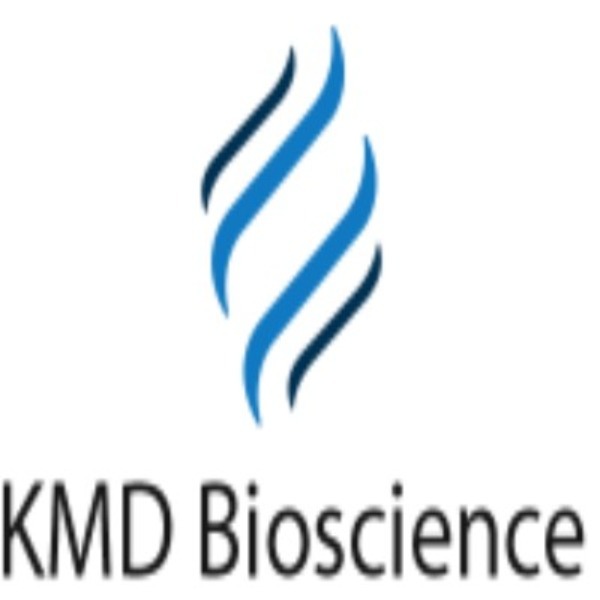The Technological Basics and Principles of Phage Display-KMD Bioscience
Phage display is a powerful and versatile technique for studying protein-protein, protein-peptide, and protein-DNA interactions. It involves the expression of peptide or protein libraries on the surface of bacteriophages (viruses that infect bacteria). This technology allows for the high-throughput screening and identification of ligands, antibodies, and other binding partners with high specificity and affinity. Here, we explore phage display technology's basic principles and key components.
Phage Display Basics
Phage display involves the insertion of DNA sequences encoding peptides or proteins into the genome of a bacteriophage. This insertion results in the fusion of the peptide or protein with a coat protein of the phage, thereby displaying the peptide or protein on the surface of the phage particle. The phages displaying the peptides or proteins are then subjected to selection processes to identify those with desired binding properties.
Types of Bacteriophages Used
The most commonly used bacteriophages in phage display are:
M13 Phage: A filamentous phage that infects E. coli. It is the most widely used phage in phage display technology due to its ability to display peptides or proteins on its surface without lysing the host cell.
T4 Phage: A complex phage that has been used in specific applications of phage display.
T7 Phage: A lytic phage with a shorter replication cycle and is used to display larger protein libraries.
Phage Display Library Construction
Generation of DNA Libraries:
DNA libraries encoding a vast diversity of peptides or proteins are synthesized. These DNA sequences are then inserted into the phage genome, typically into the gene encoding a coat protein.
Insertion into Phage Genome:
The DNA library is inserted into the phage genome using cloning techniques. For the M13 phage, the gene III or gene VIII is commonly used for fusion.
Transformation and Phage Production:
The recombinant DNA is transformed into a suitable bacterial host (e.g., E. coli), which then produces the phage particles displaying the library of peptides or proteins on their surface.
Selection and Screening:
Binding to Target: The phage library is exposed to a target of interest (e.g., a protein, cell, or small molecule). Phages that display peptides or proteins with affinity to the target will bind to it.
Washing: Unbound phages are washed away, leaving only the phages that have bound to the target.
Elution: Bound phages are eluted from the target, typically using conditions that disrupt the interaction (e.g., changes in pH or ionic strength).
Amplification: The eluted phages are amplified by infecting a bacterial host, creating a new phage library enriched with binding phages.
Subsequent Rounds: The selection process is repeated for several rounds to enrich the library for phages with the highest affinity and specificity for the target.
Identification and Characterization
Sequencing: The DNA of the selected phages is sequenced to identify the peptides or proteins responsible for binding.
Binding Assays: The binding properties of the identified peptides or proteins are characterized using various assays (e.g., ELISA, surface plasmon resonance).
Functional Analysis: The biological activity and functionality of the selected peptides or proteins are assessed in relevant assays.
Applications of Phage Display
Antibody Discovery and Engineering: Phage display is widely used to generate monoclonal antibodies with high specificity and affinity for therapeutic and diagnostic applications.
Peptide and Protein Interaction Studies: Identifying interaction partners for proteins of interest, mapping binding sites, and studying protein-protein interactions.
Drug Discovery: Screening for peptides or small molecules that can inhibit or modulate the activity of target proteins.
Vaccine Development: Identifying epitopes for vaccine candidates and studying immune responses.
Conclusion
Phage display is a robust and versatile technology that has revolutionized the field of molecular biology and biotechnology. Its ability to generate high-affinity binding partners for a wide range of targets has made it an invaluable tool for drug discovery, diagnostics, and basic research. The continuous advancements in phage display technology promise to further enhance its applications and impact in various scientific fields.
- Like
- Reply
-
Share
About Us · User Accounts and Benefits · Privacy Policy · Management Center · FAQs
© 2025 MolecularCloud




